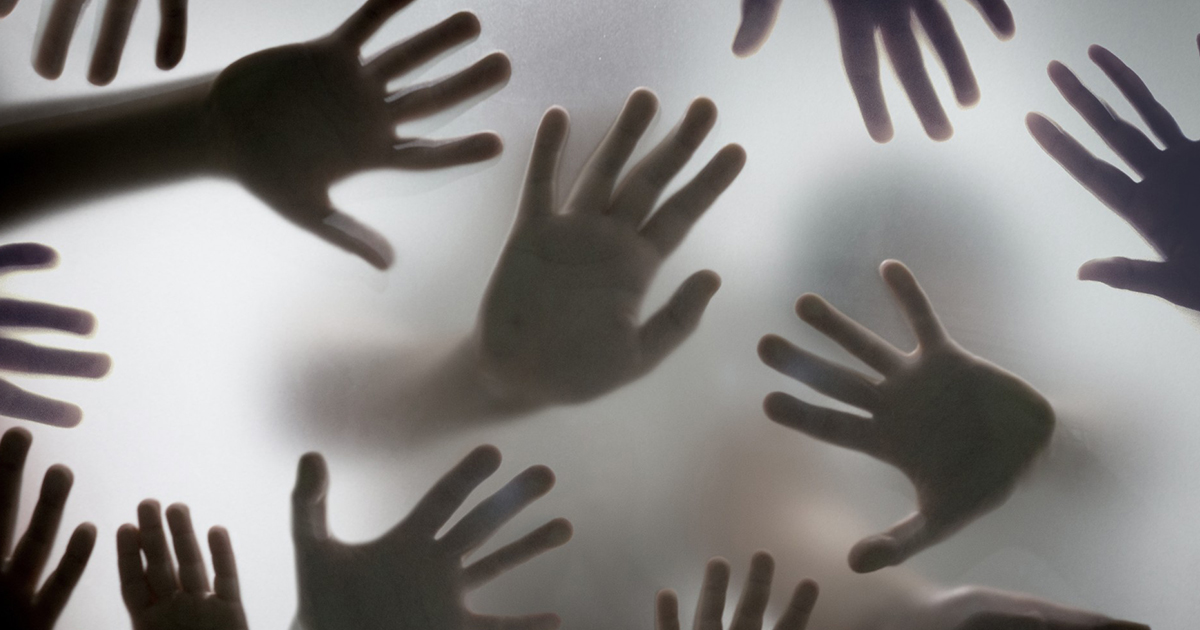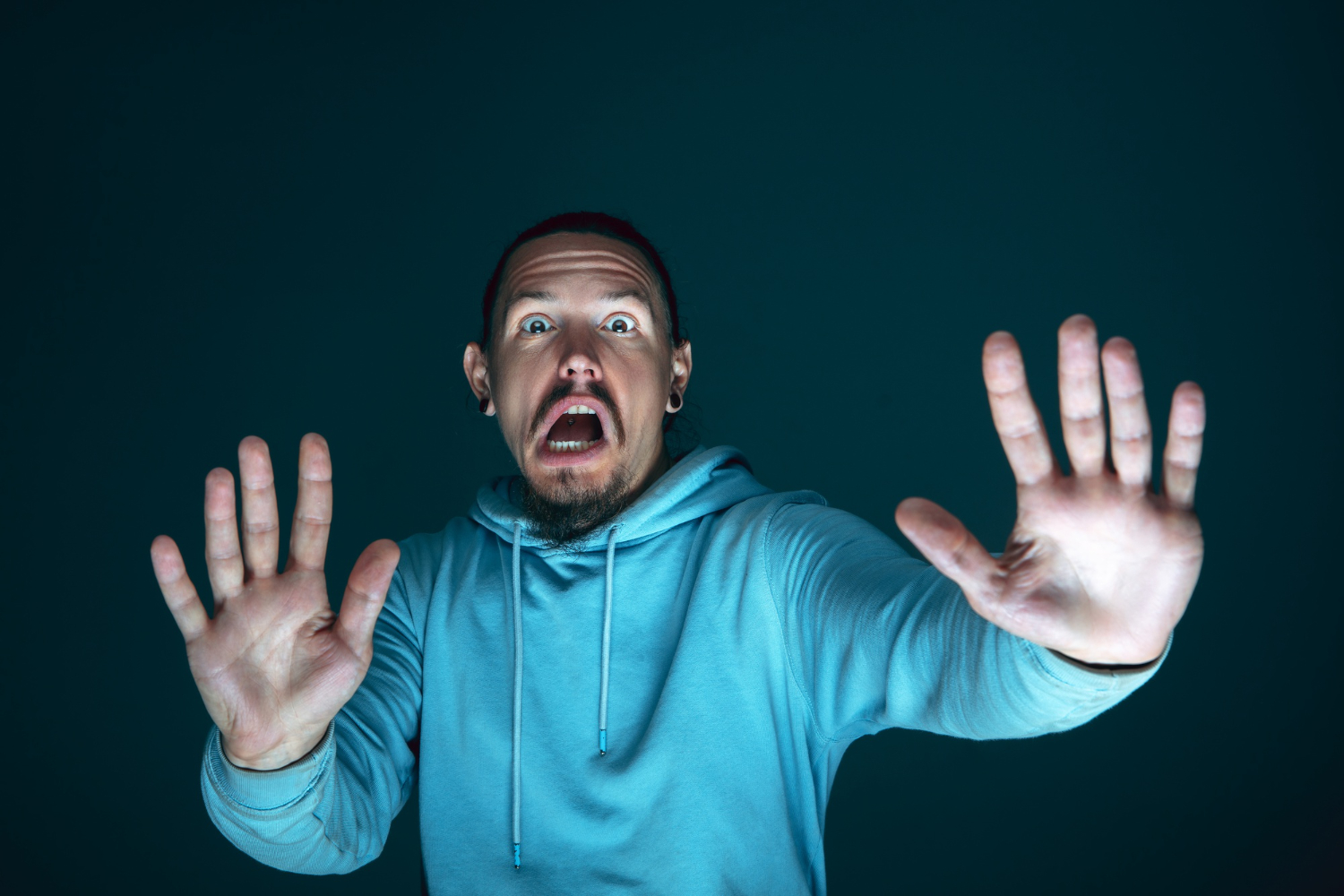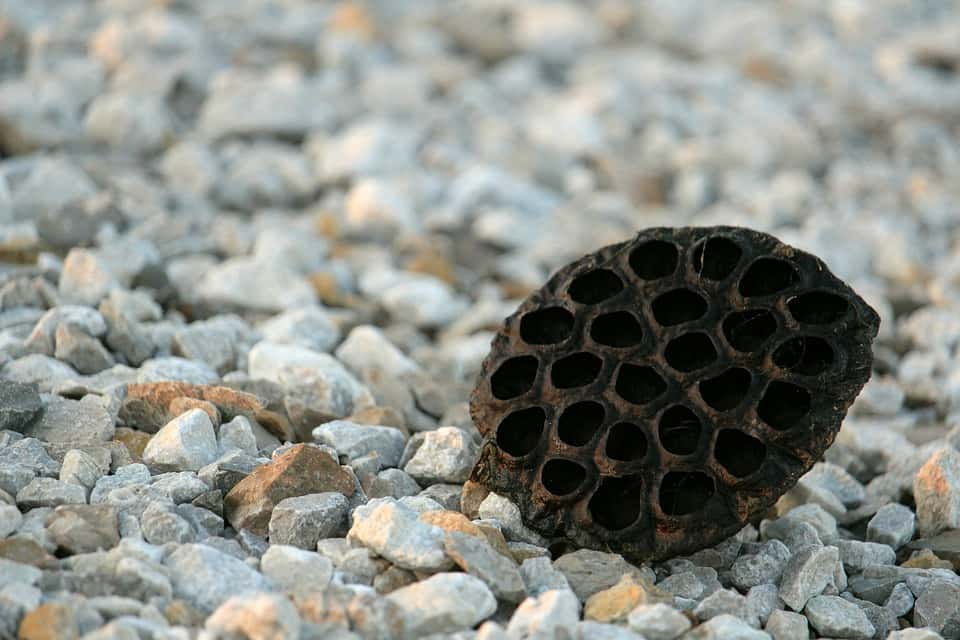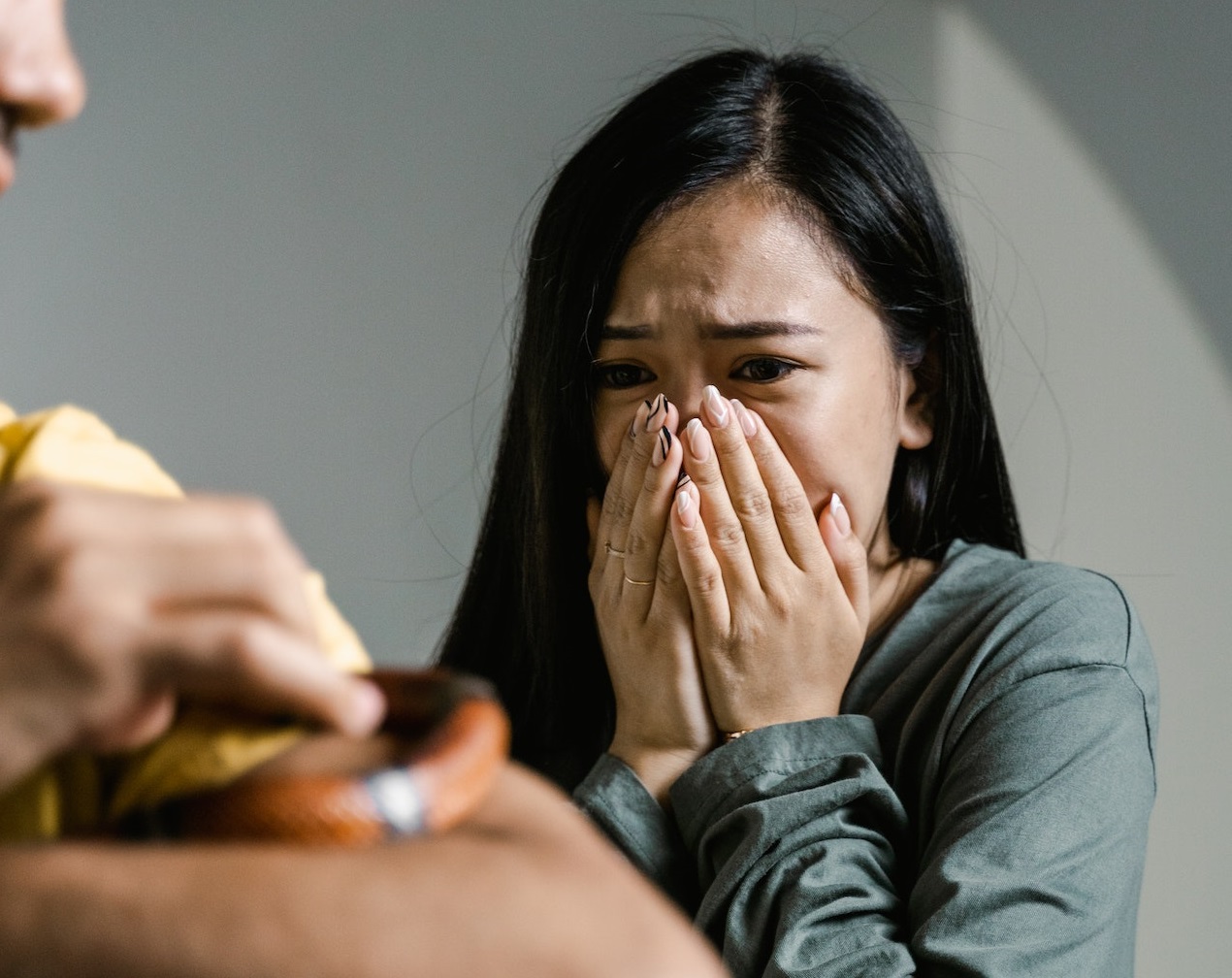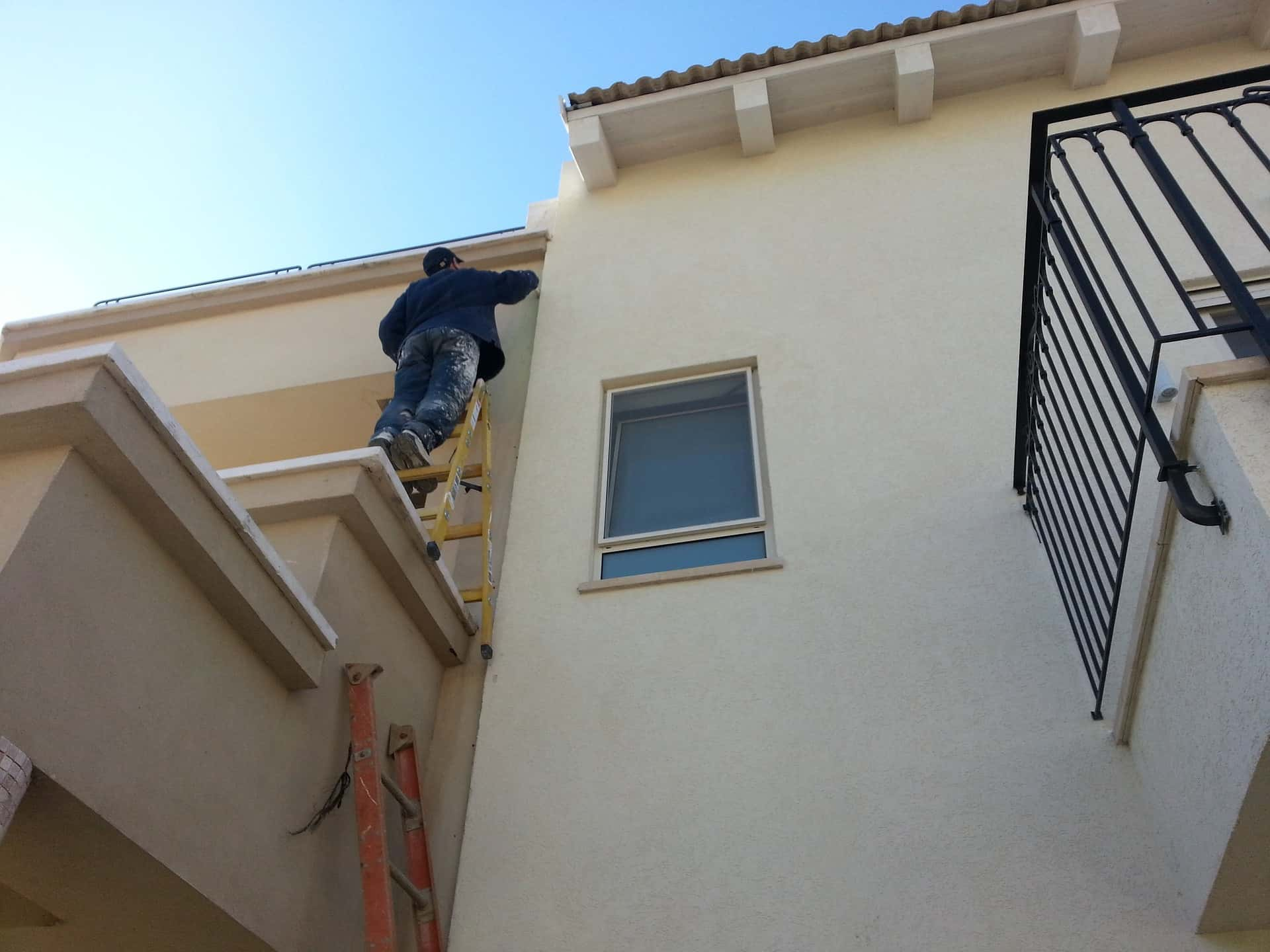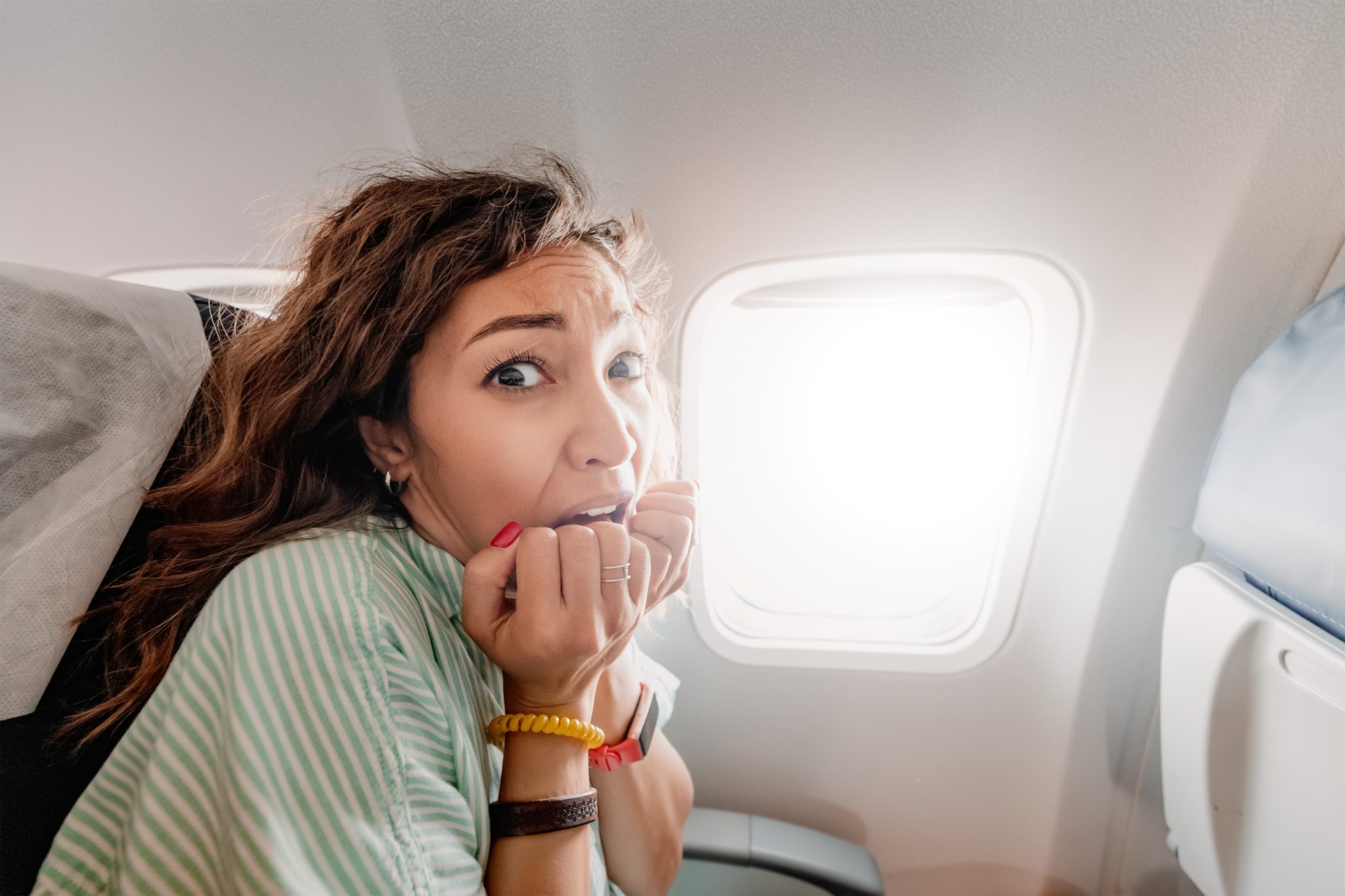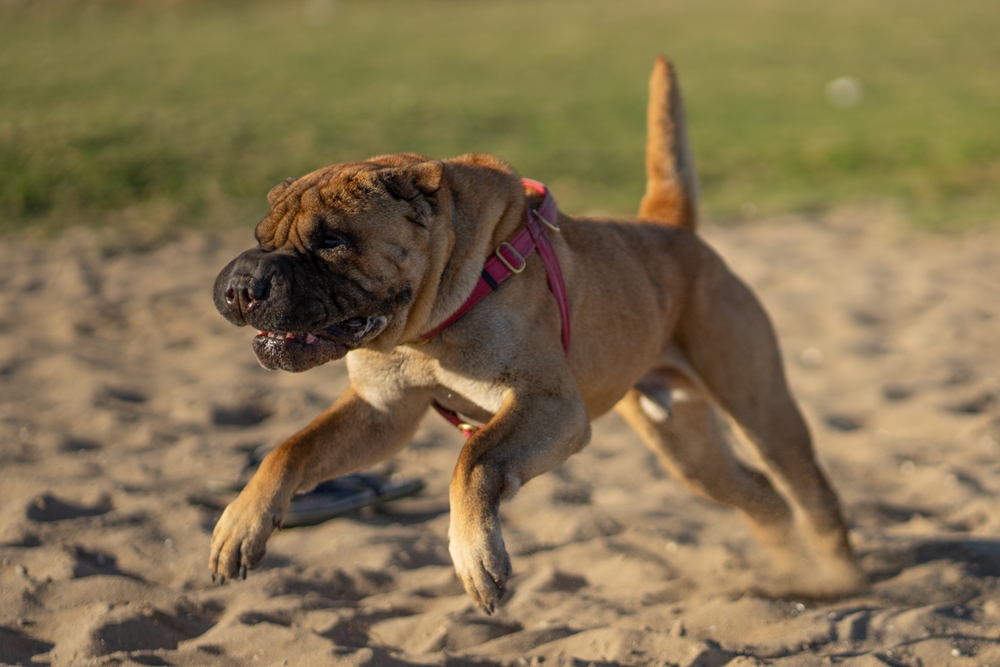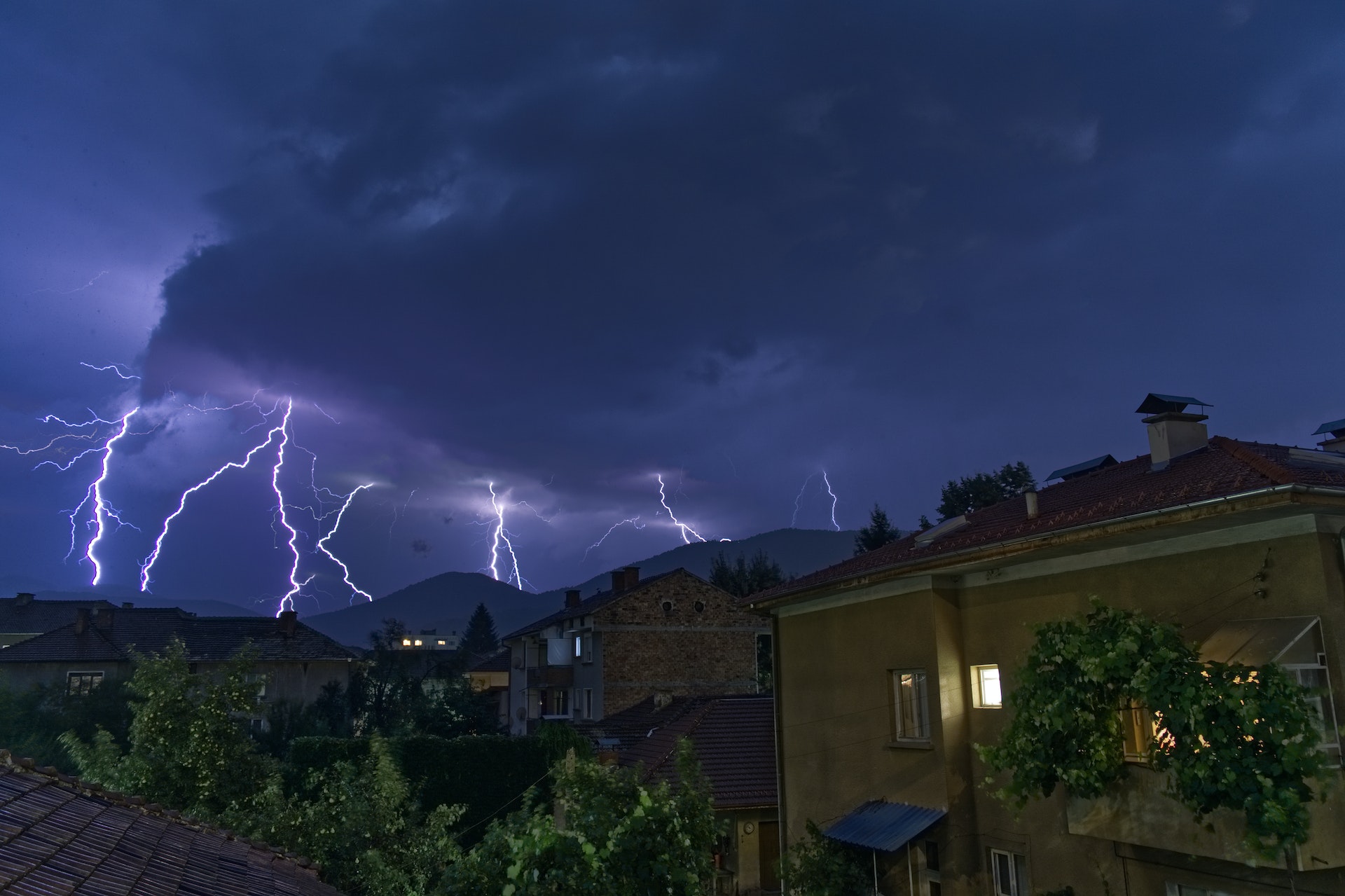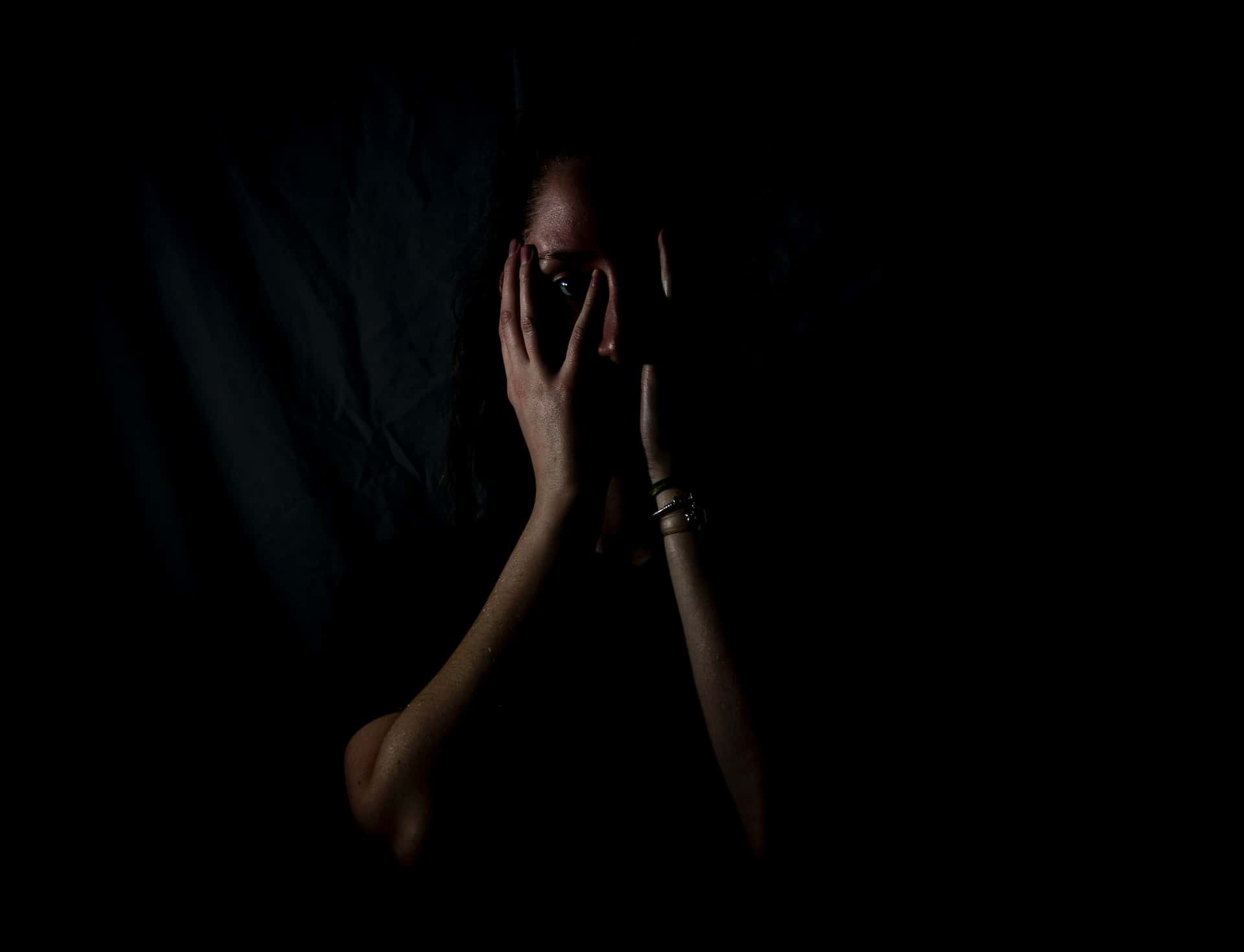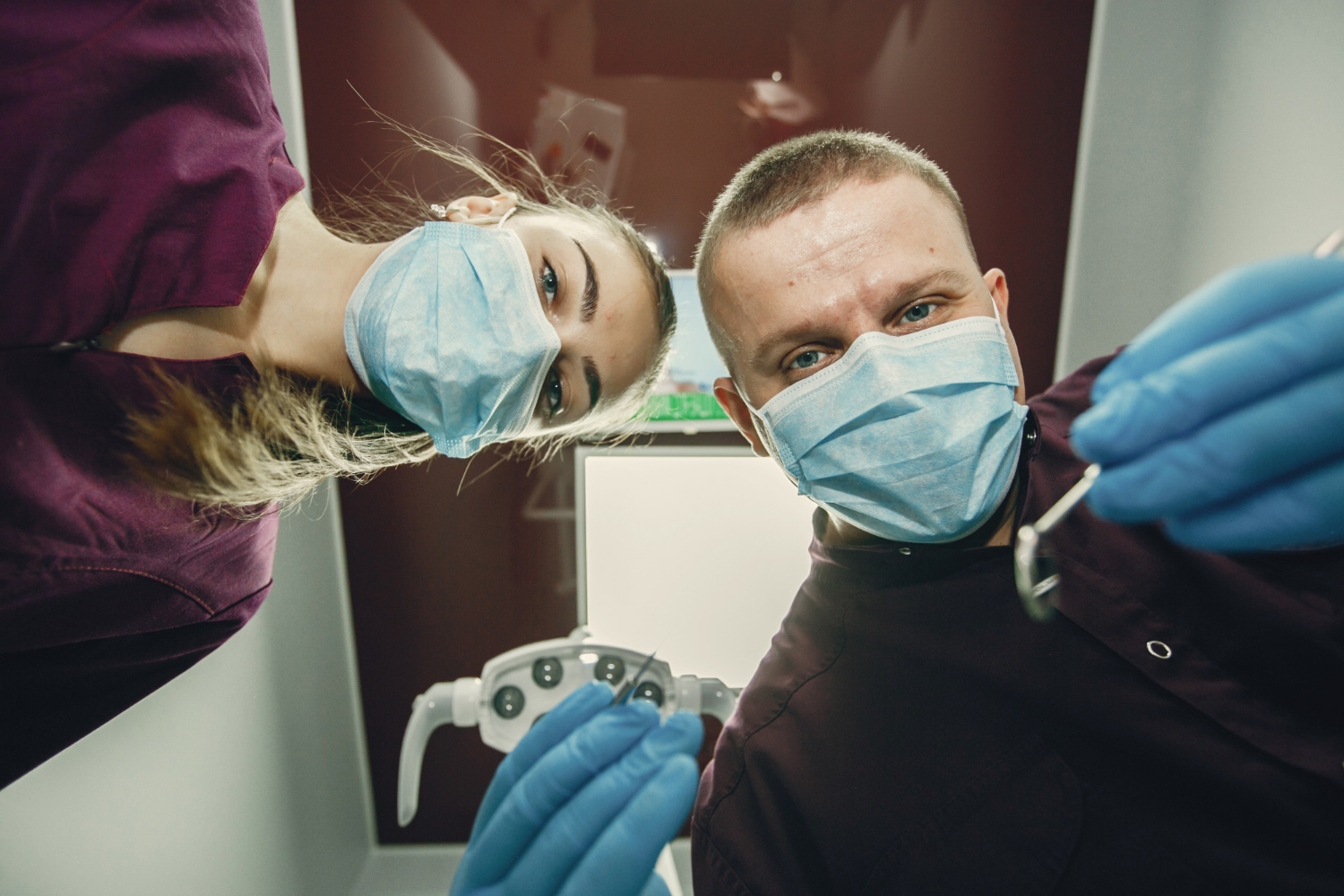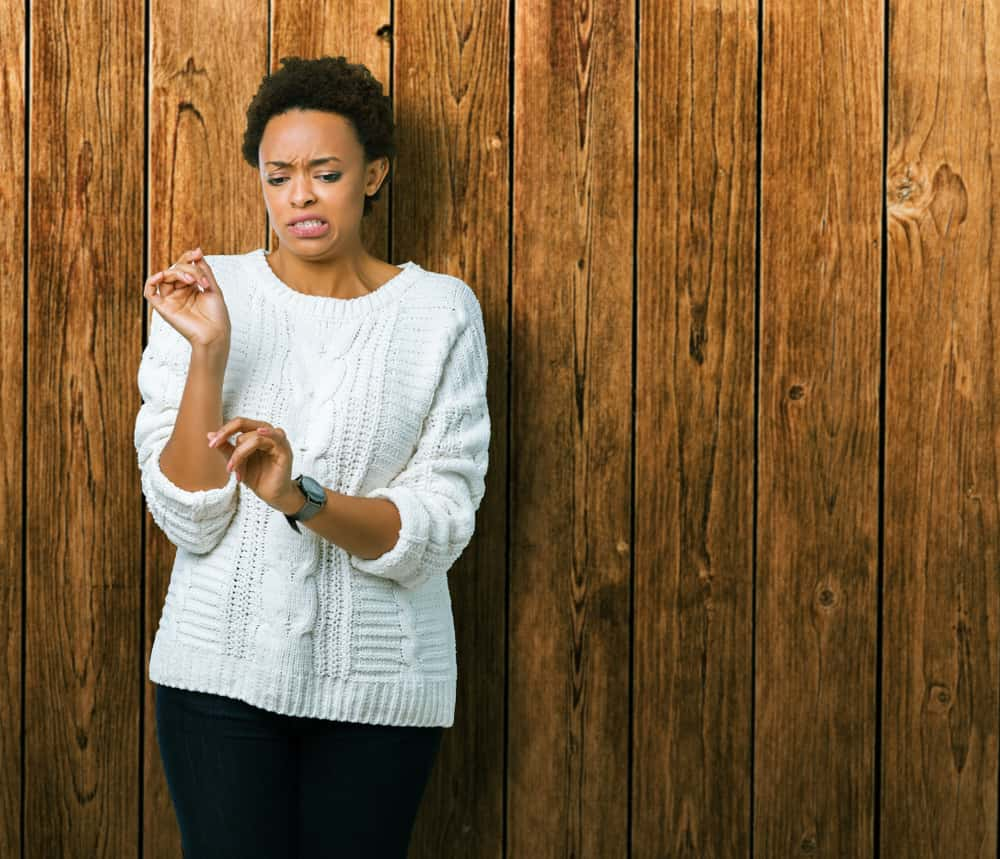An Eerie Exploration into Fears & Phobias
 Everyone has something they're scared of. Whether it's spiders crawling on your arm or the daunting height of a skyscraper, fears and phobias are a part of the human experience.
Everyone has something they're scared of. Whether it's spiders crawling on your arm or the daunting height of a skyscraper, fears and phobias are a part of the human experience.
But what exactly are phobias?
What are Phobias?
A phobia is a type of anxiety disorder characterized by an excessive and irrational fear of a specific object, situation, or activity that poses little to no actual danger.
While everyone has fears, what distinguishes a phobia is the severity of the emotion and the length it persists. It's not just a fleeting moment of unease; it's an intense dread that can interfere with daily life.
If someone's fear leads them to go to great lengths to avoid the feared object or situation, is out of proportion to the actual risk, and has been persistent for six months or more, it's likely that the individual is dealing with a phobia.
It's always best to consult with a mental health professional if one suspects they have a phobia, as they can offer a proper diagnosis and guidance.
Let's take a stroll through some of the most unusual (and some probably more common than you think) phobias, and see just how many people share these uneasy feelings.
Trypophobia - Fear of closely-packed holes
This newer, lesser-known phobia gets the skin crawling for those who have it. Objects like honeycombs or lotus seed heads can trigger unease.
While exact numbers are hard to pin down, countless online communities share this aversion.
Soceraphobia - Fear of parents-in-law
Yep, it's real! While it might sound humorous, some individuals have a genuine and intense fear of their in-laws. Statistics are scant, but countless anecdotes exist.
Pogonophobia - Fear of beards
This fear might sound quirky in today's beard-loving culture. But it's real, with roots possibly tracing back to early humans associating facial hair with dominance and aggression.
Arachnophobia - Fear of spiders
Arachnophobia is one of the most common specific phobias. Nearly 30% of arachnophobes live in the U.S., making it quite the widespread fear. But guess what? Most spiders are harmless.
Despite that, just the mere sight or thought of one can send an arachnophobe into panic mode.
Ophidiophobia - Fear of snakes
According to studies, approximately one-third of adults claim they have a fear of snakes. Even in places where snakes are uncommon, this fear persists.
Interestingly, some researchers believe it may be evolutionary, a built-in mechanism from our ancestors.
Acrophobia - Fear of heights
It's estimated that 20-30% of the general population experiences symptoms of acrophobia. That dizzying feeling when looking down from a high place? Yep, that's it. This fear can be so intense that even climbing a ladder or being on a high floor can be distressing.
Aerophobia - Fear of flying
About 6.5% of the world's population has aerophobia. Even with the statistics showing that flying is one of the safest modes of transportation, this fear can make the idea of being airborne nerve-wracking.
Sign Up For Our Newsletter
Stories that matter — delivered straight to your inbox.
Cynophobia - Fear of dogs
While dogs are often seen as man's best friend, about 7% to 9% of the population is fearful of them. Past traumatic experiences or cultural beliefs can influence this fear.
Trypanophobia - Fear of injections
Needles? No, thank you! A whopping 10% of Americans have a fear of needles and injections. For many, it's not about the pain, but the needle itself that's terrifying.
Agoraphobia - Fear of open spaces or being trapped
People with agoraphobia fear places where escape might be difficult. It's more complex than other phobias and affects about 0.8% to 1.7% of the global population.
They often avoid crowds, tunnels, bridges, and wide-open spaces.
Claustrophobia - Fear of confined spaces
Stuck in a tight spot? For claustrophobes, that's a nightmare. Nearly 5-7% of the world's population experiences claustrophobia to some degree. Elevators and small rooms can be particularly challenging for them.
Astraphobia - Fear of thunder and lightning
This fear affects both humans and animals. Studies indicate that up to 2% of adults and a higher percentage of children have this phobia.
Those thunderous booms and electric streaks in the sky? Definitely a no-go.
Nyctophobia - Fear of the dark
Common among children but also present in adults, this primal fear is linked to our ancestors feeling vulnerable at night. Exact figures vary, but it's a widespread sentiment.
Dentophobia - Fear of dentists
Around 15% to 20% of Americans avoid the dentist due to fear. The sounds, sensations, or past experiences can make a dental chair feel like the hot seat.
Nomophobia - Fear of being without a mobile phone
A modern phobia for the digital age! Studies suggest over 50% of cellphone users feel uneasy when they "disconnect," losing their device, running out of battery, or not having network coverage.
Final Thoughts
Phobias are multifaceted and can vary in intensity. While some of these might seem quirky or outlandish, they're all very real to those who experience them.
So, next time someone shares their fear, lend a sympathetic ear; we've all got our quirks!

